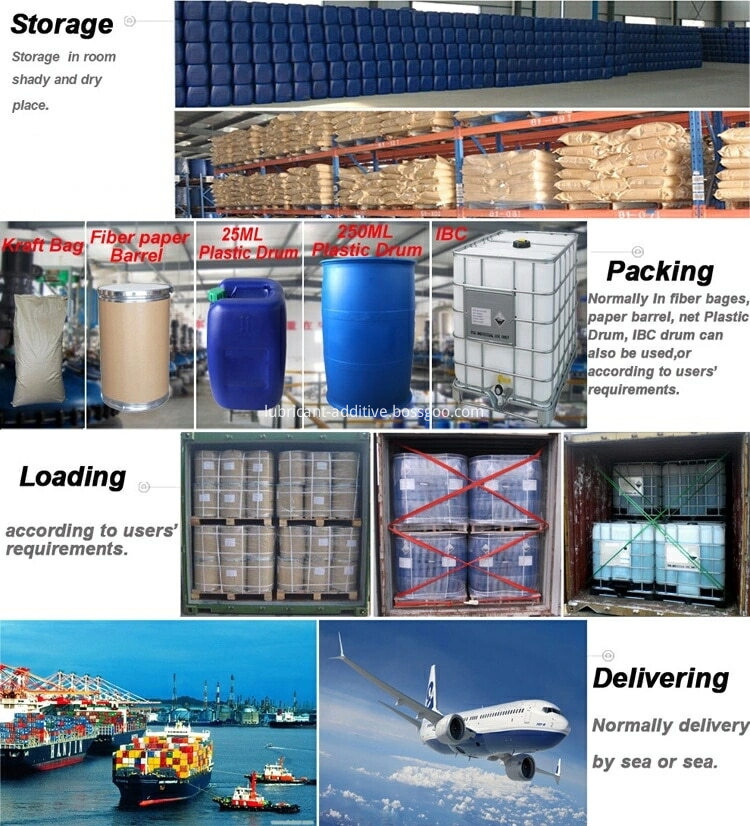Standard | grade | Particle size (μm) | Sieve analysis | ||||||||
+30 | -20 +20 | -20 +10 | -10 +5 | -5 +2 | -2 | +100 | -100 +200 | -200 +325 | -325 | ||
International trade standard | Non-micronized | 50 | 20 | 17 | 8 | 3.8 | 1.2 | 0 | 5 | 20 | 75 |
Micropowder | 20 | 47 | 33 | ||||||||
Claymax 1971 standard | Non-micronized | 2 | 0 | 5 | 10 | 85 | |||||
Micropowder | The average particle size is 0.55~0.85μm (the product is 0.70μm) | ||||||||||
Particle size content(%) Product Standards | Particle size (μm) | |||||
<2 | <4 | <7.5 | <10 | >325 mesh | ||
Shanghai Q/HG005 | 0 # | ≥95 | 5 | ≤0.5 | ||
1 # | ≥95 | 5 | ≤0.5 | |||
2 # | ≥95 | ≤0.5 | ||||
Northwest Nonferrous Metal Research Institute | Micropowder | ≥80 average <0.5μm | ||||
ultra | <1μm | Average <0.3μm | ||||
Micropowder | ≥97μm | |||||
Particle size content(%) Product Standards | Particle size (μm) | |||||
<1 | <2 | 3~5 | 6~7 | >7 | ||
Shanghai Q240/80 | 0 | 80 | 10 | 7.0 | 3 | 0 |
1 | 90 | 7.2 | 2 | 0.8 | ||
2 | 55 | 25 | 15 | 5 | ||
Product name: Isothiazolinones, CMIT/MIT, CIT/MIT
Synonyms: 5-Chloro-2-methyl-4-isothiazolin-3-one
Cas: 26172-55-4
Product Introduction:
|
Items |
Specifications |
|
Appearance |
Amber transparent liquid |
|
Active content % ≥ |
14.0 min |
|
pH value(as it) |
1.0-4.0 |
|
Density (20℃)g/cm3≥ |
1.25 |
|
CMI/MI (wt %) |
2.5 - 4.0 |
|
Product name: |
Isothiazolinones |
|
Synonyms: |
5-Chloro-2-methyl-4-isothiazolin-3-one |
|
CAS: |
26172-55-4 |
|
MF: |
C4H4ClNOS |
|
MW: |
149.6 |
|
EINECS: |
247-500-7 |
|
Properties and Usage: |
Isothiazolinones is composed of 5-chloro-2-methyl-4-thiazoline-3-ketone (CMI) and 2-methyl-4-thiazoline-3-ketone (MI). The bactericidal effect of Isothiazolinones is carried out through breaking the bond between bacteria and algae protein. When contacted with microbes, Isothiazolinones can quickly inhibit their growth, thus leading to death of these microbes. Isothiazolinones has strong inhibition and biocidal effects on ordinary bacteria, fungi and alga, and has many advantages such as high biocidal efficiency, good degradation, no residual, safety in operation, good compatibleness, good stabilization, low cost in operation. Isothiazolinones can mix with chlorine and most cation, anion, and non-ionic surfactants. It can be together used with DBNPA 2,2 Dibromo 3 Nitrilopropionamide, TTA Tolyltriazole , Polyaluminum Chloride PAC and PAM Polyacrylamide Flocculant.
|
|
Using method: |
When used as sludge stripper for grade II, the dosage of 150-300mg/L is preferred, when used as boicide, the dosage of 80-100mg/L is preferred, and charges every 3-7 days. No used together with oxidative fungicidal such as chlorine, and no used in cooling water system containing sulfur. When used together with quaternary amine, the effect will be better. When used as industrial fungicide, the dosage of 0.05-0.4% is preferred. |
|
Package and Storage: |
25kg in plastic barrel, or confirmed by clients. Storage for ten months in room shady and dry place. |
|
Safety Protection: |
Corrosive, Avoid contact with eye and skin, Wear splash resistant safety goggles and rubber glores .Once contacted , flush with water. |

Cmit Mit Isothiazolinones,Isothiazolinones Bactericide,Water Treatment Chemical Isothiazolinones,Bactericide Isothiazolinones
Zhengzhou Chorus Lubricant Additive Co.,Ltd. , https://www.cn-lubricantadditive.com